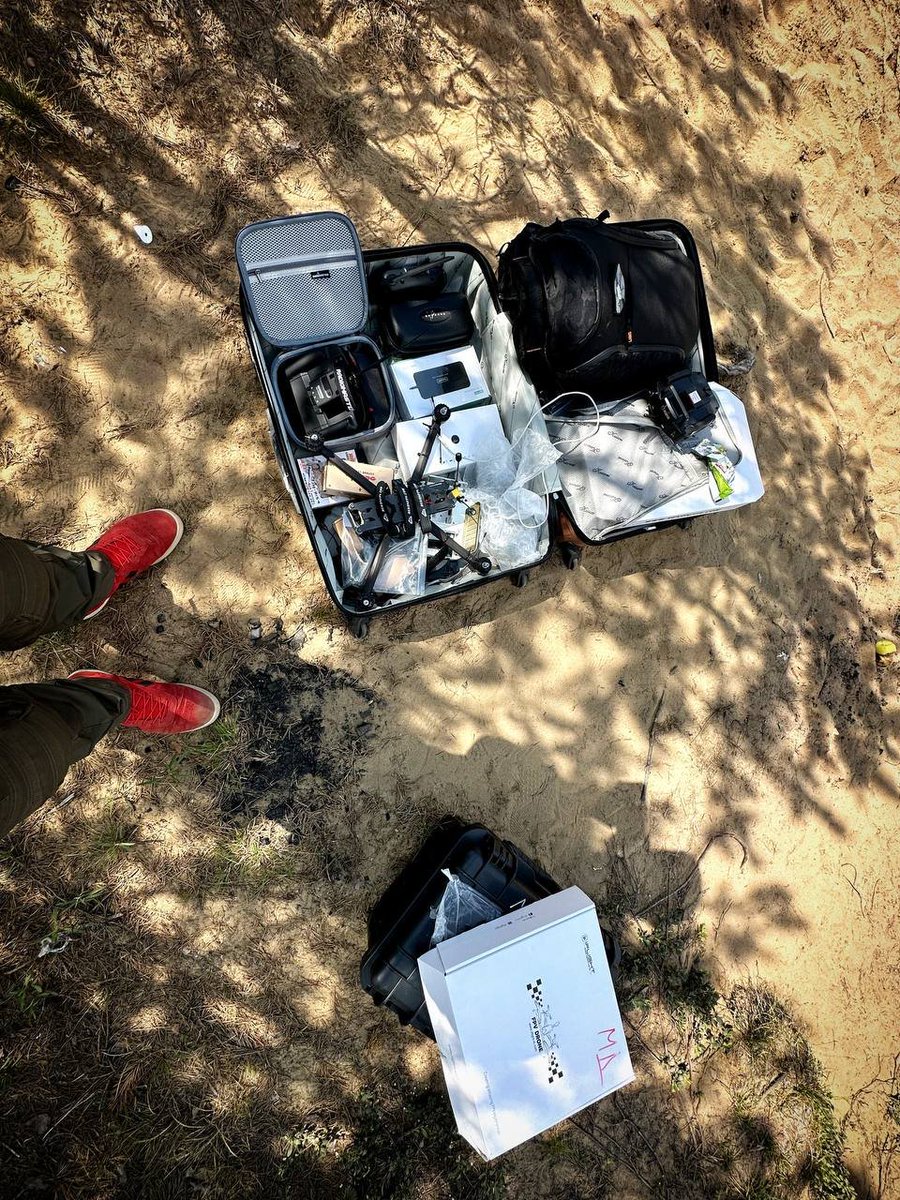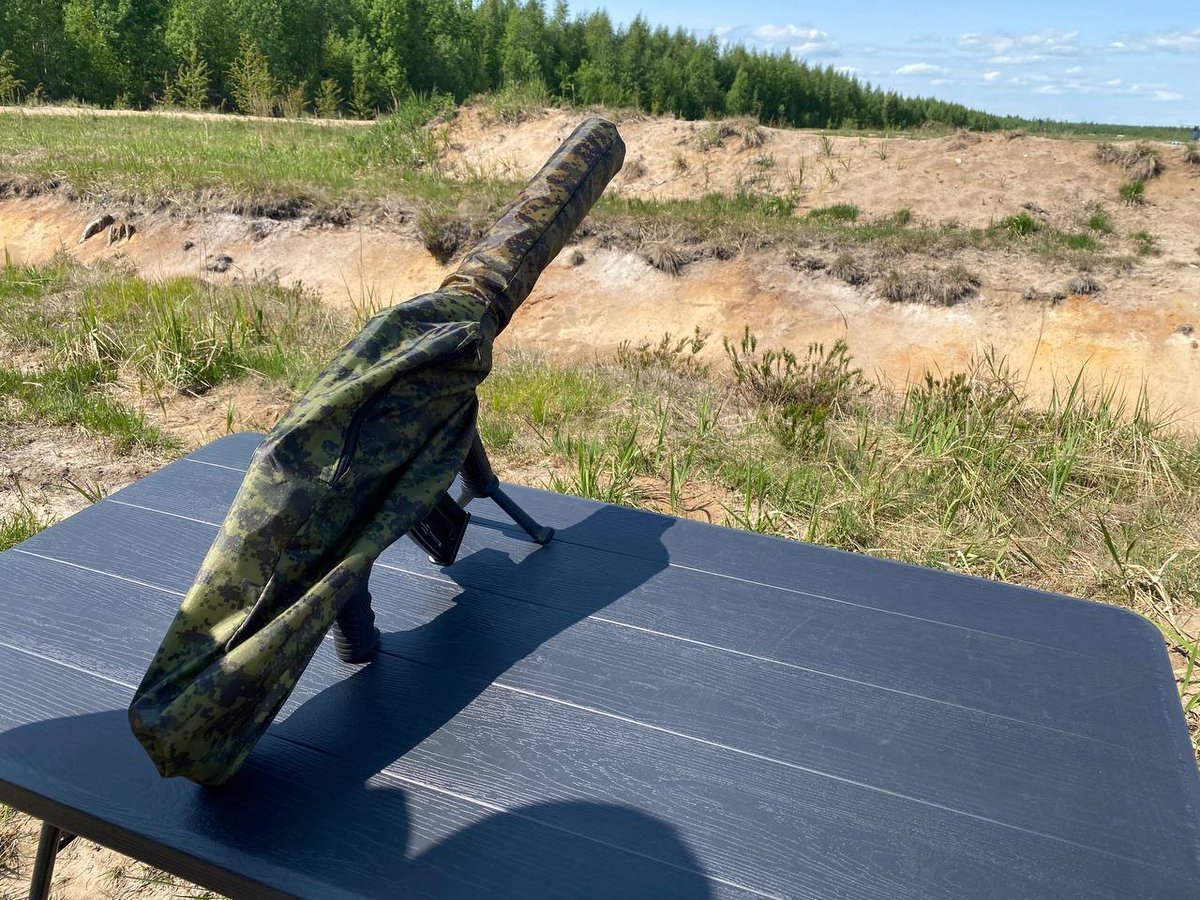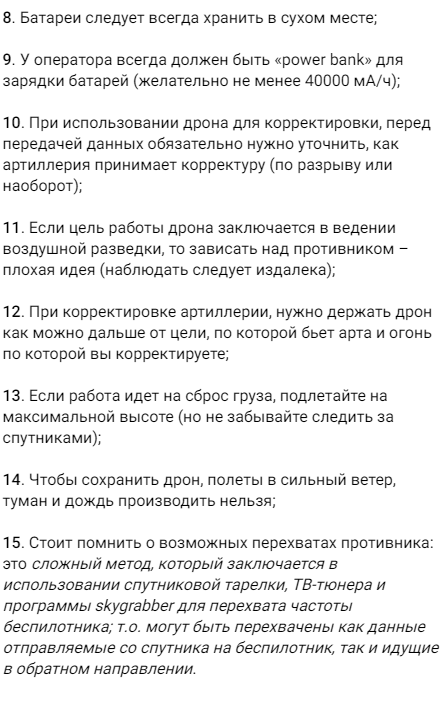1/ THREAD: Our @CNA_org Russia Studies Program has a new report out - we (@sambendett and @jeffaedmonds) examine Russia's use of uncrewed systems in the Ukraine War. You can find it at this link - our main points highlighted below: cna.org/reports/2023/0… 

2/ We examine Russia's use of military drones and the emerging mass-scale application of commercial quadcopters - and how such technology impacts military operations. 





3/ We also examined how the Russian defense industry is or is not responding to the challenge of mass-producing cheap and attritable UAVs, and look at the impact of Russian volunteers in developing TTPs and CONOPS for small commercial drones. 



4/ We also look at Russia's ongoing dependence on Iranian loitering drones to continue operations against Ukraine, and how such capacity compares with Russia's own loitering munitions technologies. 

5/ When our paper went through revisions and reviews, the DJI quadcopter was the go-to tactical solution - yet over the past several months, the FPV-type drone has emerged as the key tactical UAV system employed by both sides.
6/ What did we consider as we wrote the paper? Three things. First - the absolutely rapid and explosive growth of commercial drone technology that makes it cheap, easy and affordable to acquire commercial-type quadcopters and FPV drones in very large numbers.
7/ Second: the Russian military’s acquisition cycle and its research/development cycle have not caught up with commercial technology - the Russian MOD remains a very large, bureaucratic, top-heavy and overburdened apparatus that takes a long while to move in the right direction.
8/ And third: the unprecedented degree of openness on social media like Telegram has enabled an open and candid discourse on how the Russian military conducted this invasion, and how volunteer organizations stepped up to assist the forces.
9/ Our paper highlights the steady evolution from expensive, stand-alone uncrewed platforms towards cheap, mass and attritable use of different drone types for greater battlefield effect - something we see daily on both sides of the front.
10/ We also highlight Russia's development and use of ground and maritime uncrewed systems, something that does not get a lot of coverage, given an extensive spotlight on UAV use. 

11/ For another look at this paper, please see this interview with @SydneyFreedberg and @BreakingDefense breakingdefense.com/2023/05/how-no…
12/ For this and more @CNA_org reports, please check out this link - and see our analysis of Russia-China military cooperation, Russian air power, and other key topics. cna.org/our-research/o… 

• • •
Missing some Tweet in this thread? You can try to
force a refresh

 Read on Twitter
Read on Twitter


















